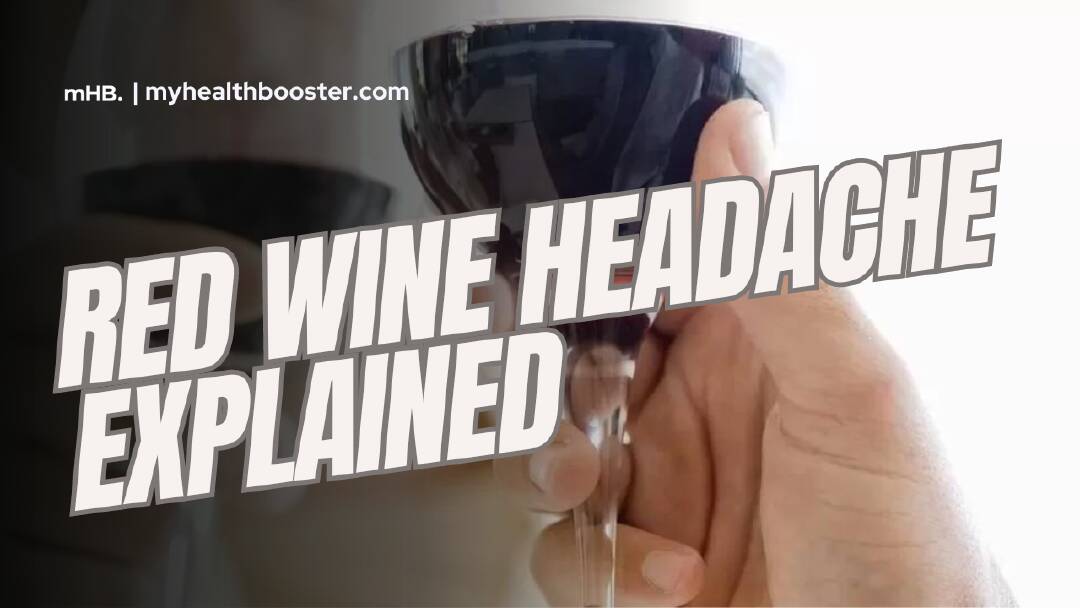Do you ever wonder why that occasional glass of red wine leaves you with a throbbing headache? Researchers from the University of California might have cracked the case. It turns out that the culprit might not be the wine’s volume but rather a compound found in red grapes called quercetin. Let’s delve into the details.
Understanding the Quercetin Quandary
Quercetin, an antioxidant found in red grapes, particularly those basking in the sunny Napa Valley, seems to play a pivotal role. The compound is more abundant in high-quality grapes exposed to ample sunlight, such as those used in pricier red wines. Professor Andrew Waterhouse suggests that cheaper reds, grown on larger vines with more leaves, receive less sunlight, potentially making them a better choice for those prone to red wine headaches.
Differing Perspectives
While this research sheds light on one possible explanation, experts like Professor Roger Corder express skepticism. He suggests that exploring additives in lower-end red wines might provide more insights, considering anecdotal evidence that cheaper wines could be linked to headaches.
Previous Suspects: Sulphites and Histamine
Historically, sulphites, used as preservatives in wines, were suspected headache culprits. However, the evidence supporting this theory is limited. Similarly, histamine, more abundant in red wine, has been considered a potential trigger due to its ability to dilate blood vessels. Yet, concrete proof remains elusive.
A Glimpse into Genetics
Interestingly, some individuals, particularly those with East Asian heritage, experience facial flushing, headaches, and nausea after consuming any type of alcohol. This is due to a gene affecting the alcohol-metabolizing enzyme ALDH2. When this enzyme fails to break down alcohol into harmless acetate, symptoms arise. The researchers propose a similar pathway involvement in red-wine headaches.
The Quercetin and Alcohol Mix
The California team discovered that quercetin becomes problematic when mixed with alcohol, inhibiting the action of ALDH2. This connection could explain why some individuals are more prone to headaches after sipping red wine.
Future Avenues: Testing and Beyond
While this theory is promising, the researchers acknowledge the need for further testing in people. They propose experiments involving quercetin supplements to assess its impact on individuals prone to red-wine headaches. The co-author, Prof Morris Levin, assures, “We are finally on the right track toward explaining this millennia-old mystery.”
Conclusion: Stay Tuned for Updates
As the researchers gear up for human studies in the coming months, the quest to understand red-wine headaches continues. While quercetin seems to be a promising lead, the complexity of wine composition might reveal more triggers. Until then, sip responsibly, and stay tuned for the latest developments in the science of wine-induced headaches.
